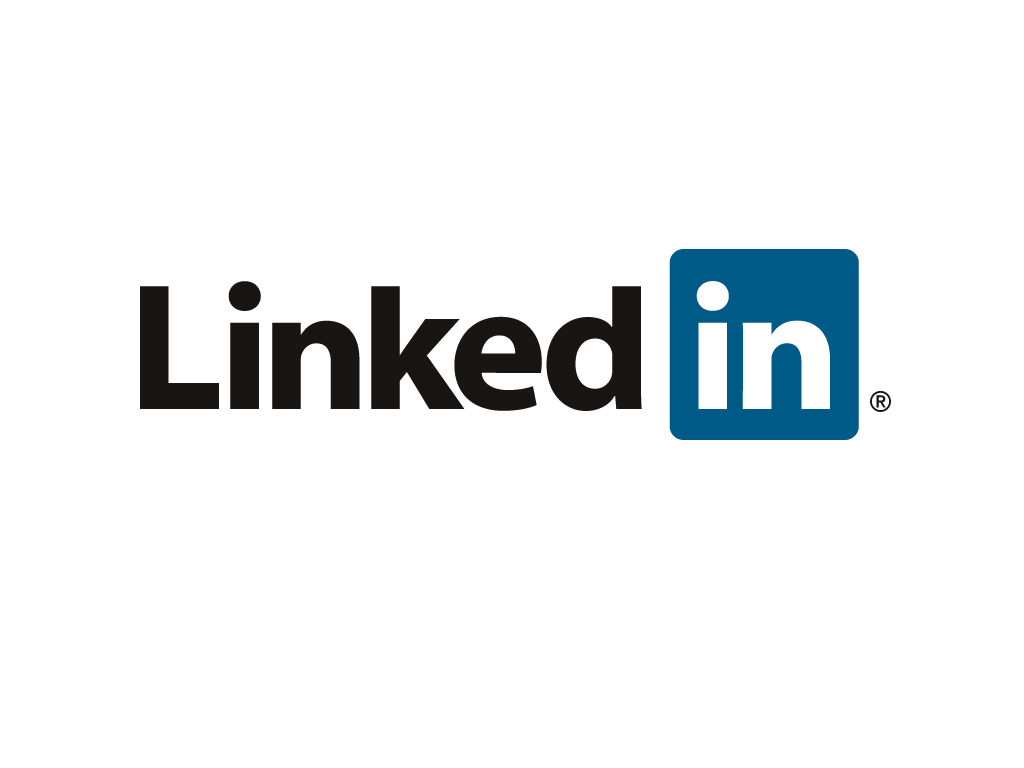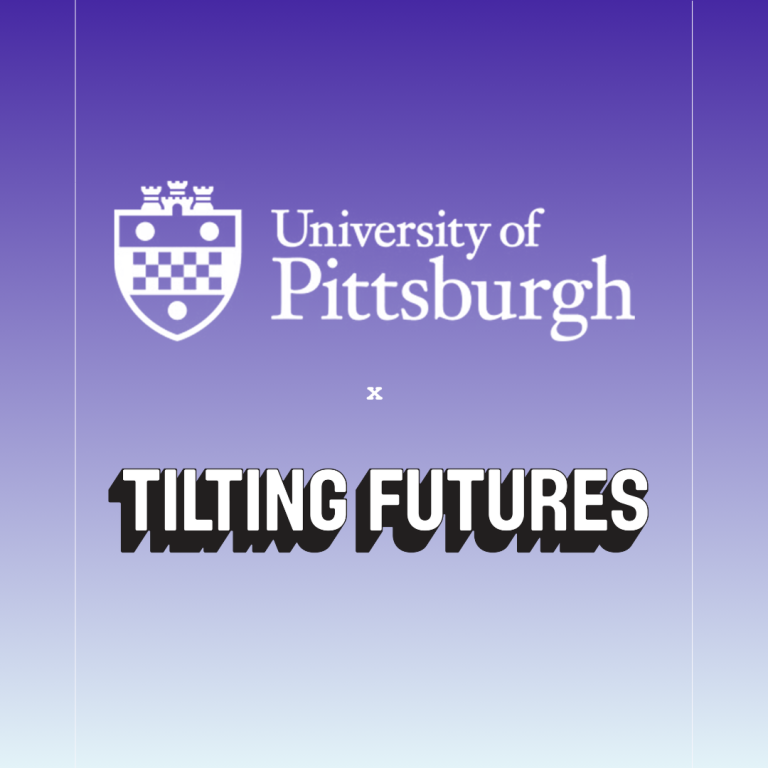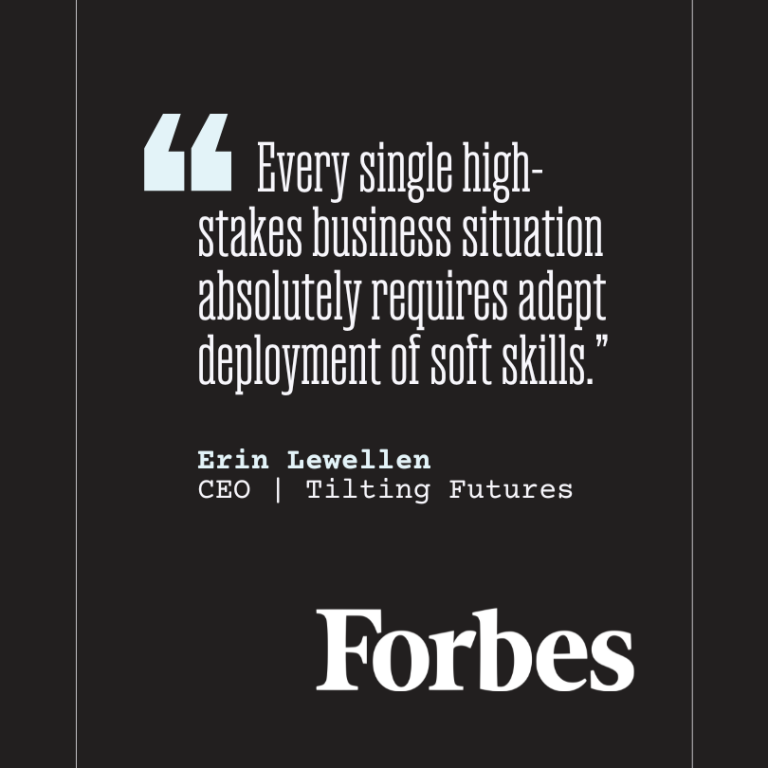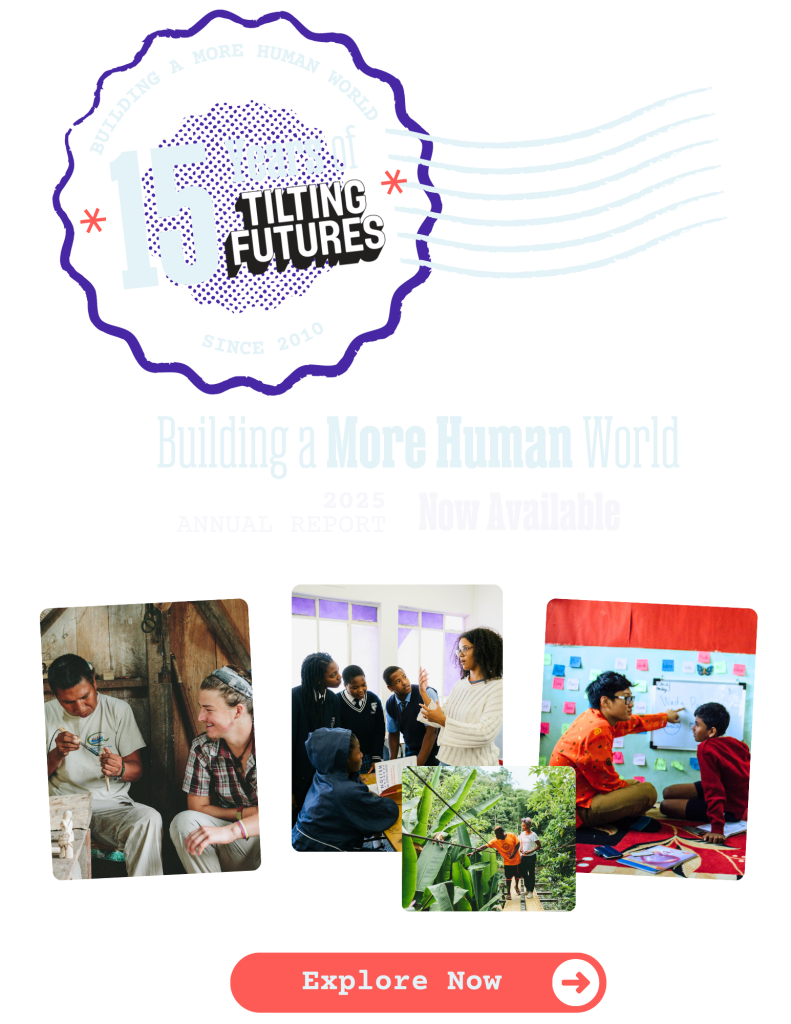Last week I received a spectacular rejection. The type of “no” that in the early years of building Global Citizen Year would have sent me into existential shock, knocked me off my game for weeks, and ground our progress to a screeching halt.
I’d been invited to answer the question, “What would you do if money weren’t a constraint?” and to submit a proposal for how a massive infusion of capital could create breakthrough progress toward our vision. For an early-stage entrepreneur obsessed with a big idea, there’s no more energizing, inspiring or hopeful prompt.
After months of visioning, writing, and careful maneuvering, we made the first cut. And the next. And the next. Until, last week, we got the no.
I went home and wallowed. I wrote my heart out. I hiked to the top of the hill behind my house to see the Bay Area from above, hoping to put what felt like a big thing back in perspective. And I woe-is-me’d to my patient, supportive husband who listened carefully, and then kicked me back into gear with this clear-eyed text: “You’re building a movement. There are no silver bullets and no short cuts. A windfall of money is neither necessary nor sufficient to get where you’re going, but the way you used the opportunity may be the catalyst that accelerates the chain reactions to come…”
And somehow, the next morning, the cloud had lifted. I was back in the saddle for a day of back-to-back pitches, and I had a focus and energy I hadn’t felt in years; I felt like I was on fire. The massive rejection became my fuel.
Of course it still stings when a door closes, especially when you’ve poured your whole self into opening it. And it always feels personal. When you’re a founder, it can be hard to separate yourself from what you’re pitching – at some level they’re the same thing. But today, with more no’s than I can count, (or care to remember), I’ve learned to find the gift in the no, and to rebound more quickly every time.
This week’s episode of Reid Hoffman’s fresh podcast, Masters of Scale, The Beauty of the Bad Idea, opens with my friend Kathryn Minshew, co-founder and CEO of The Muse, re-counting the 148 no’s she received before she got her first yes.
Later in the episode I share my challenges securing early investors. But unlike Kathryn, my story focused on the time when I started, counter-intuitively, collecting no’s on purpose. It was homework from my leadership coach, Jeff. “Your task this month is to gather as many no’s as you possibly can,” he said. I was confused. I was trying to raise money and Jeff was telling me to go out and get rejected over and over again? “Exactly,” he confirmed. “See how many you can collect and report back at the end of the month.”
The assignment couldn’t have been more perfect. I made it my mission to gather the no’s, and for better or worse, I excelled. And then, mid-month, something flipped – I started getting some yes’s too. Suddenly, the lesson revealed itself: the biggest barrier to a yes was my fear of asking, and my biggest fear in asking was getting a no. Gathering the no’s forced me to break through my fear and make bolder asks – and that’s when the tide began to turn.
Another lesson came clear through this process, and has stayed with me since: a no is always more helpful than a “maybe”. Being in limbo is like having a bunch of programs running on your computer at the same time when you’re trying to focus on something else. There’s a constant distraction, a trickle of energy and attention spilling into the “What if?” of the not knowing. When the door closes, you patch the leak and get your energy back. The clarity is liberating.
Recently a potential investor in the final stage of his diligence asked me, “What have been your biggest failures this year?” What his question implied was if I wasn’t failing, I probably wasn’t taking enough risks. A strong reminder of the need to continually refresh my courage, and take big bets even – and especially – as we grow. Often, something needs to break in order to breakthrough. Again, a reminder of the gift of the no.
One of my frustrations with the “non-profit” (or, as I prefer to call it, the “for impact”) sector is how we constrain ourselves by thinking too small – literally starving ourselvesof the resources we need to scale to the size of the problems we’re solving. People and resources rise to the level of the vision you share. And once your mind has expanded to the dimensions of a breakthrough opportunity, there’s no going back.
We tend to think of a no as not getting what we want. But who’s to say what would have happened if we did? Perhaps – and in fact, by definition — we’ve instead gotten exactly what we need.




